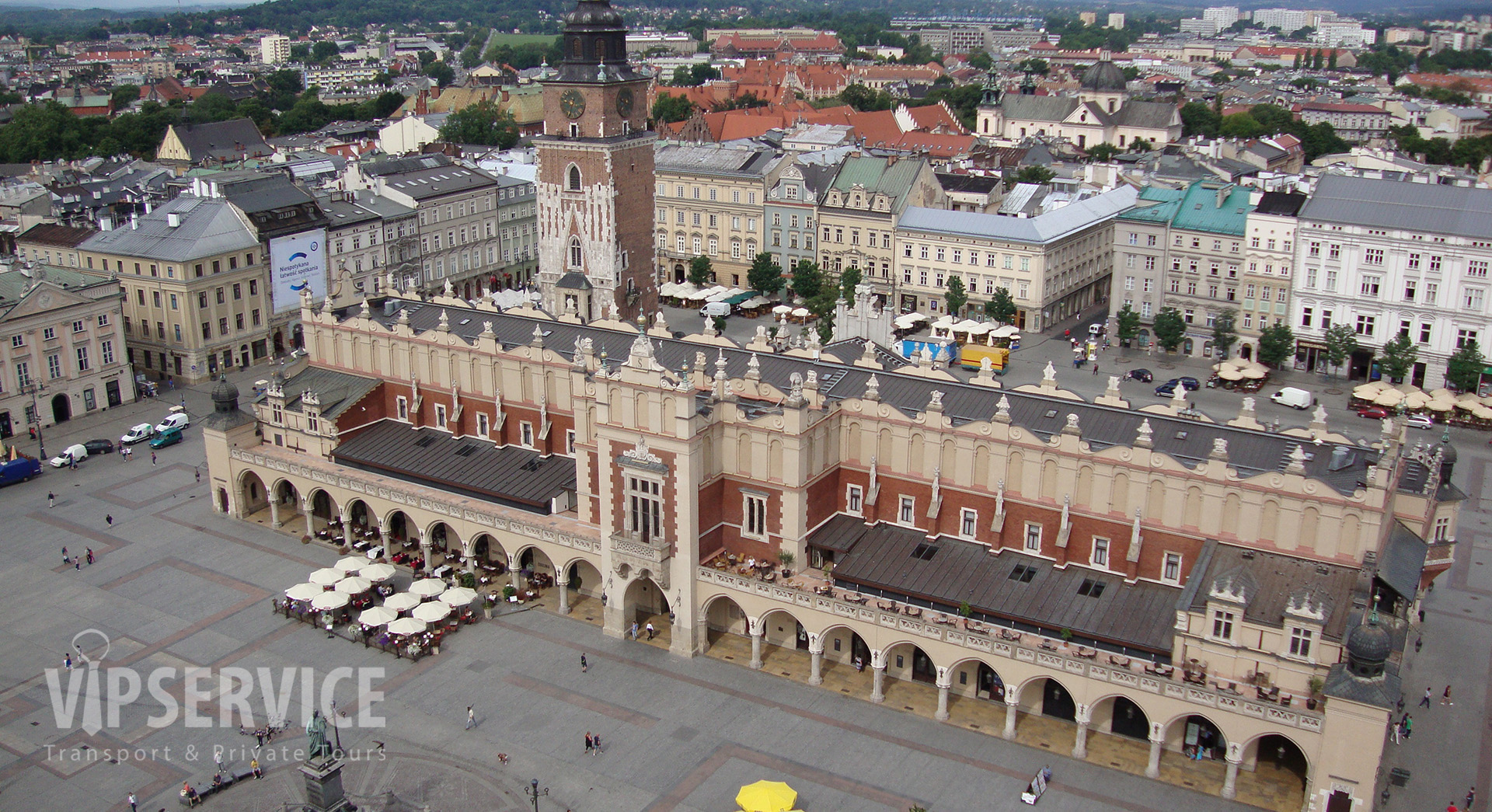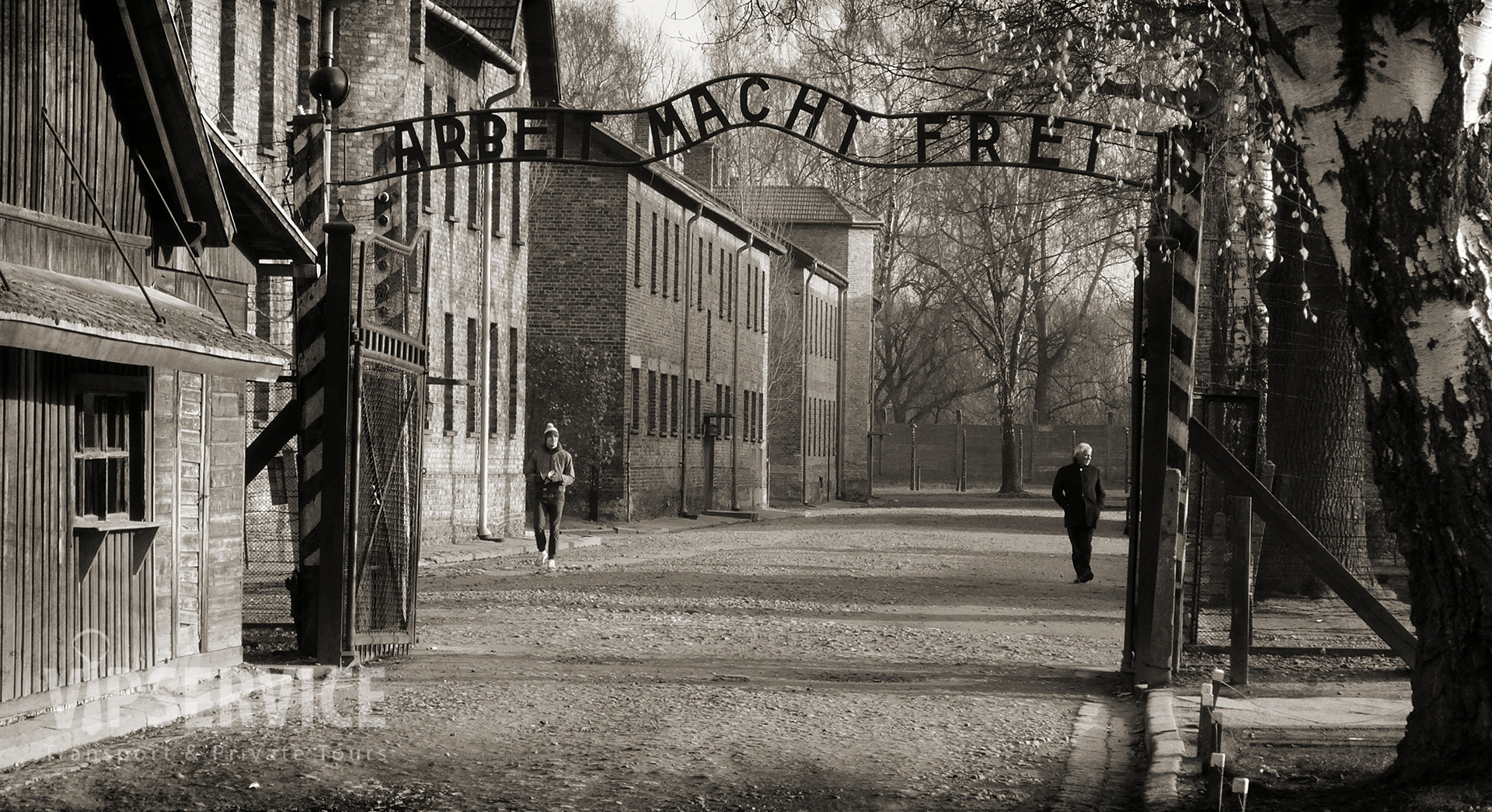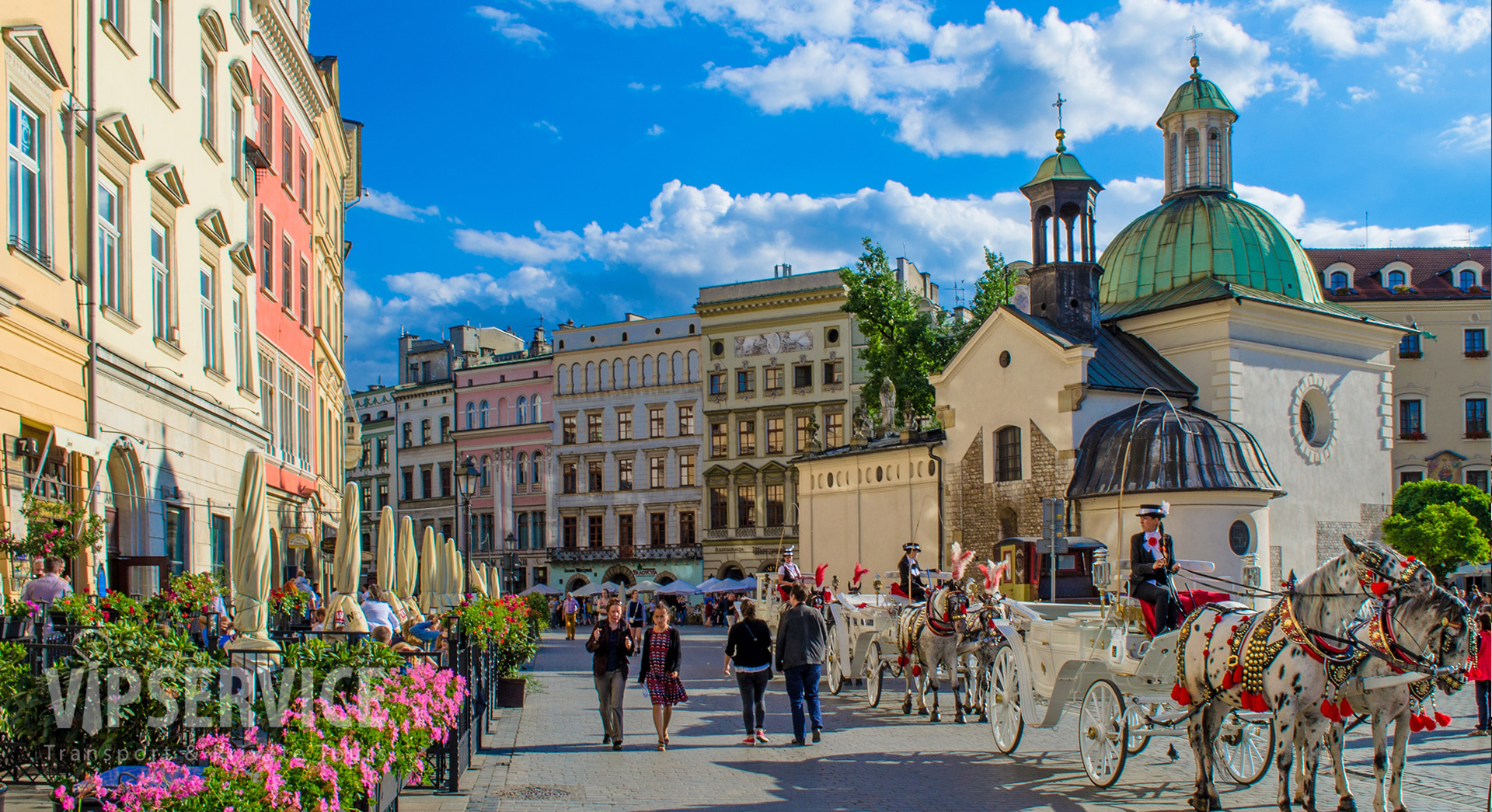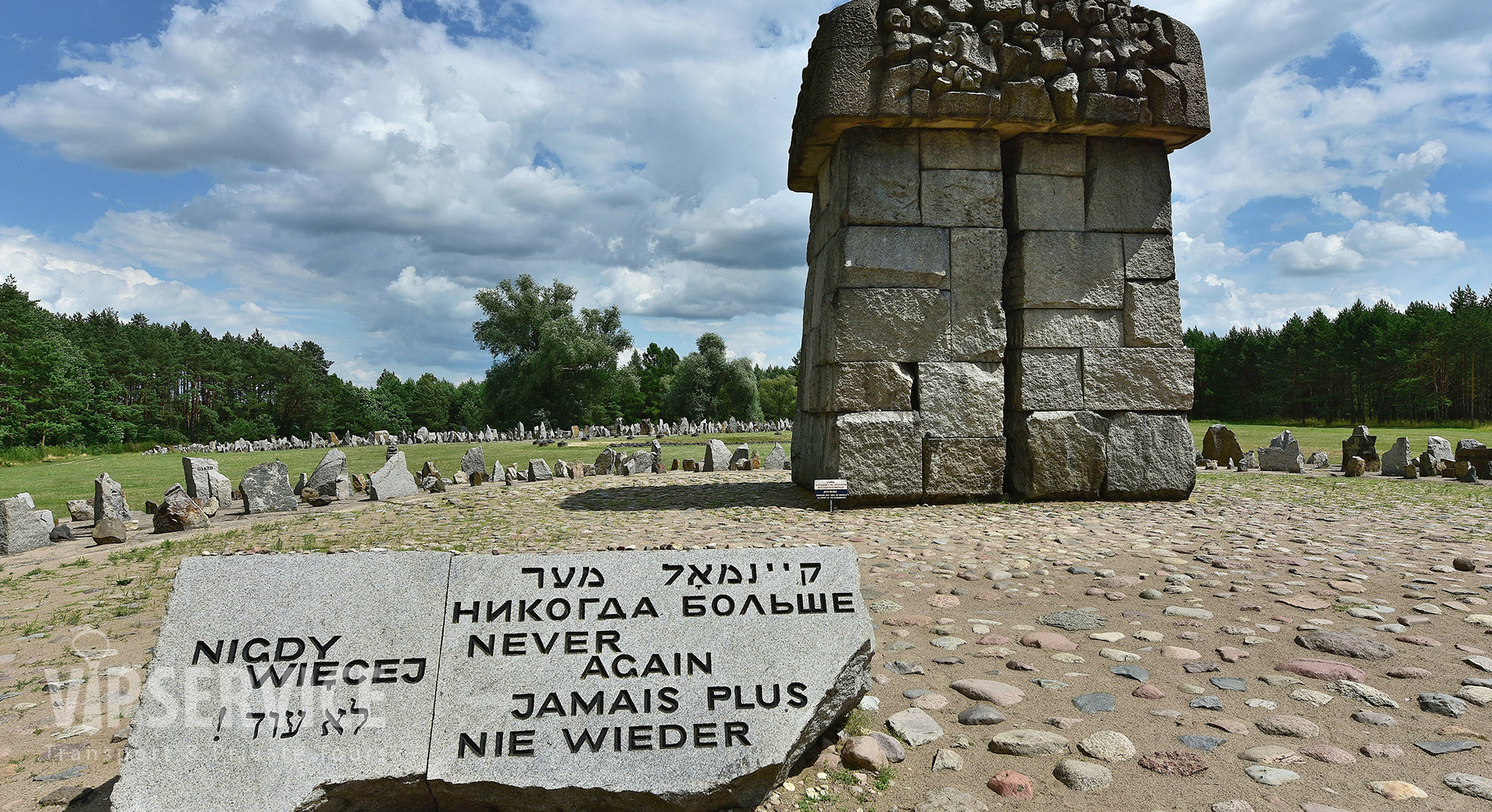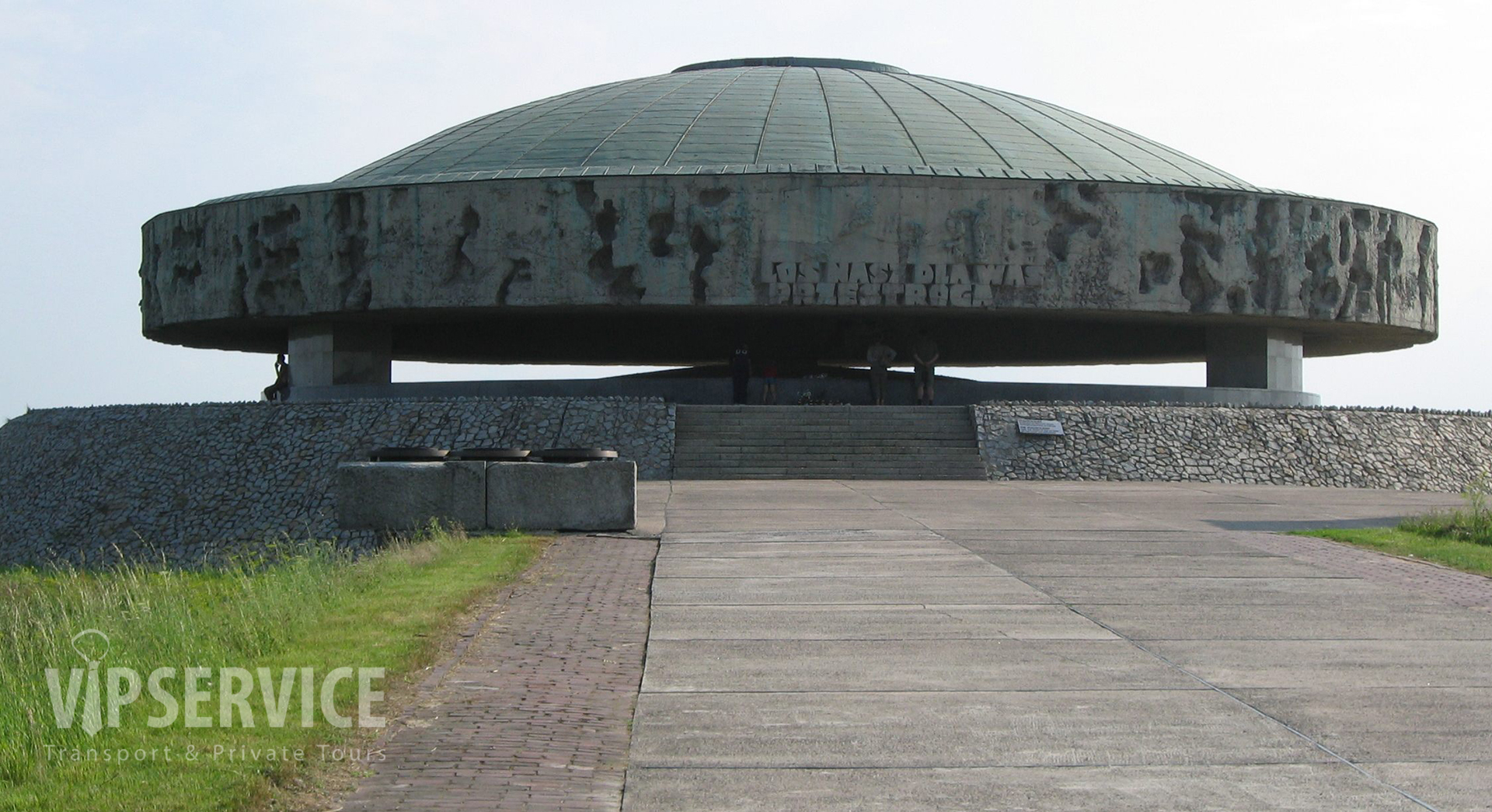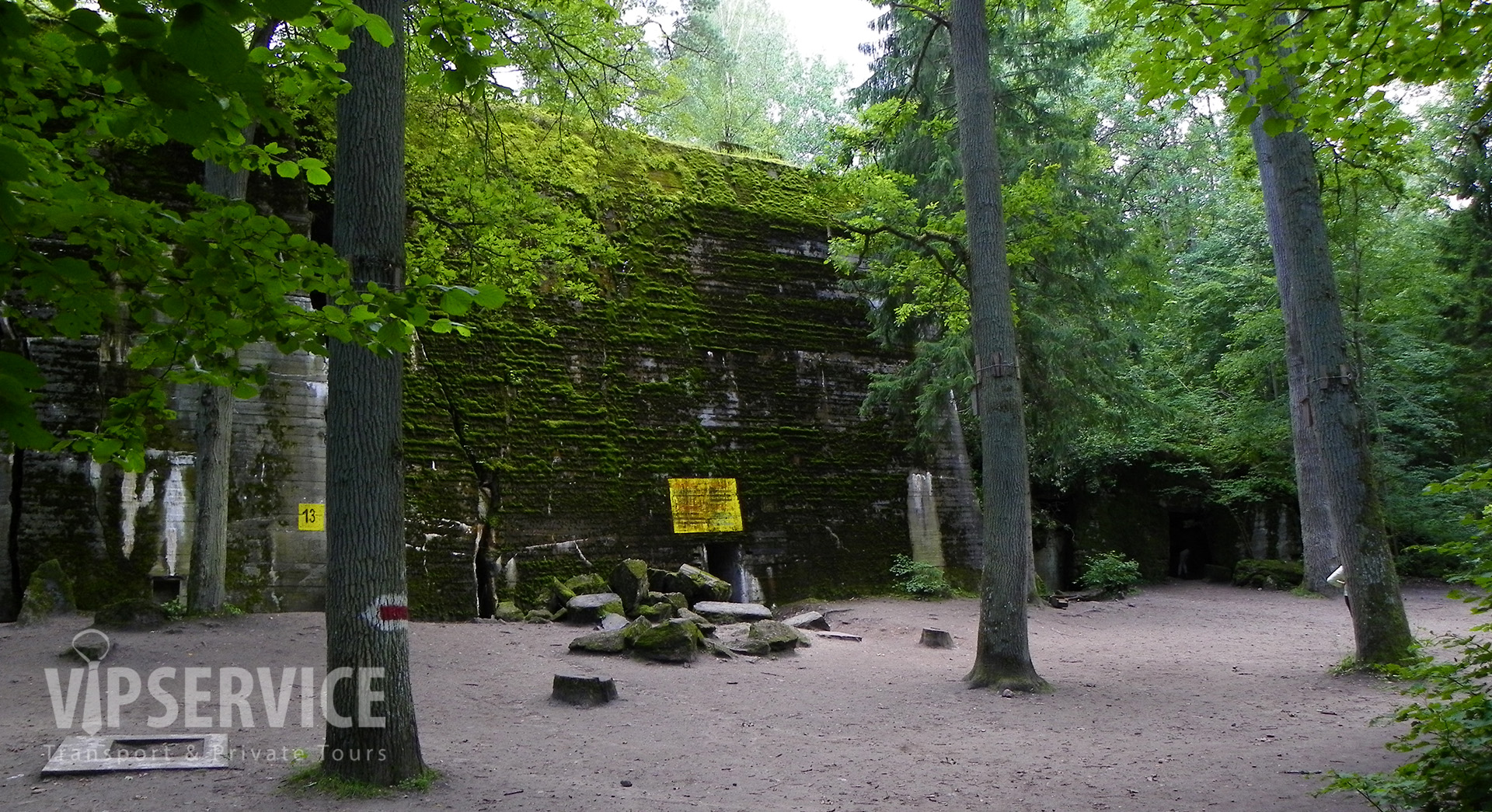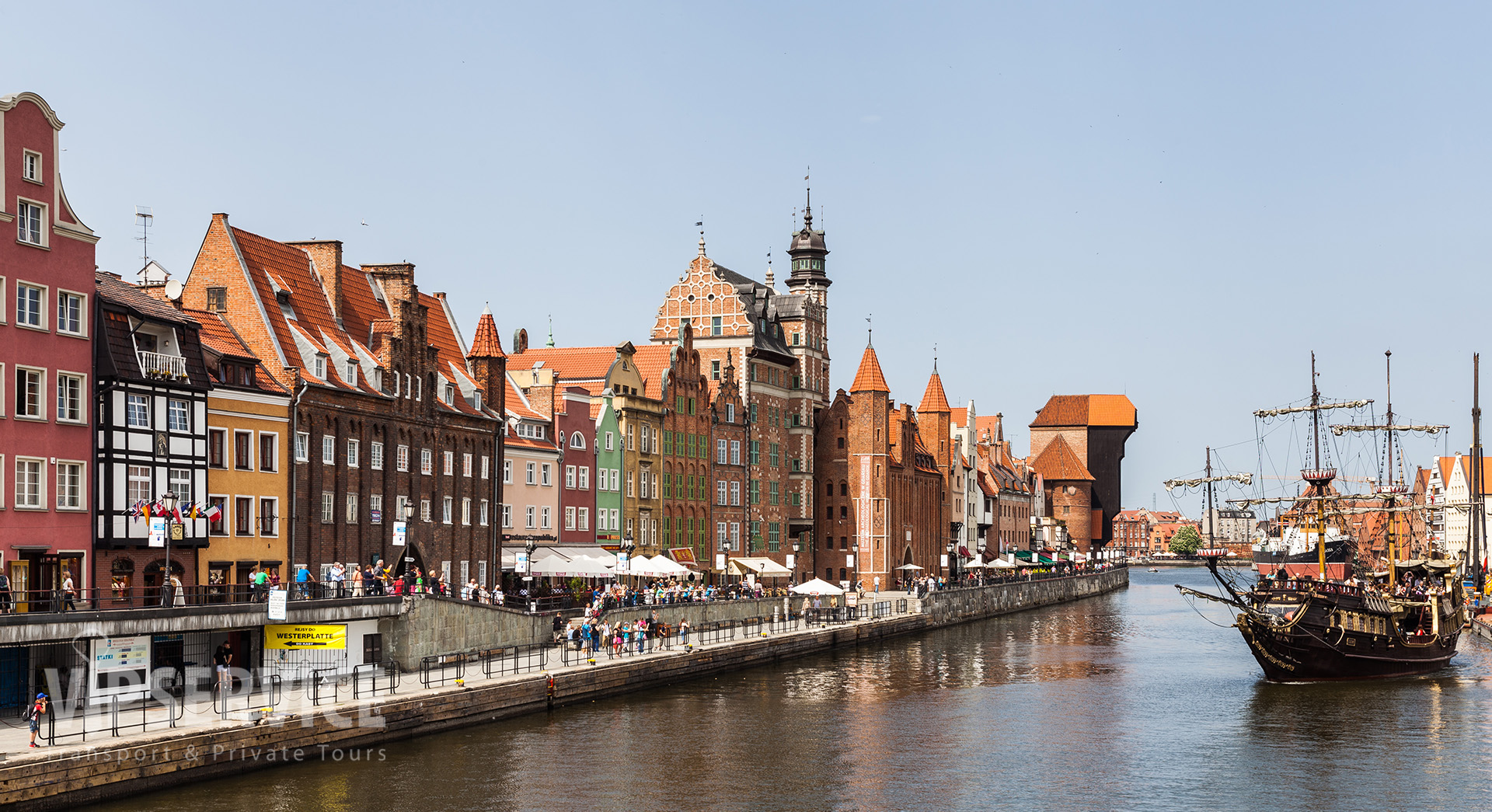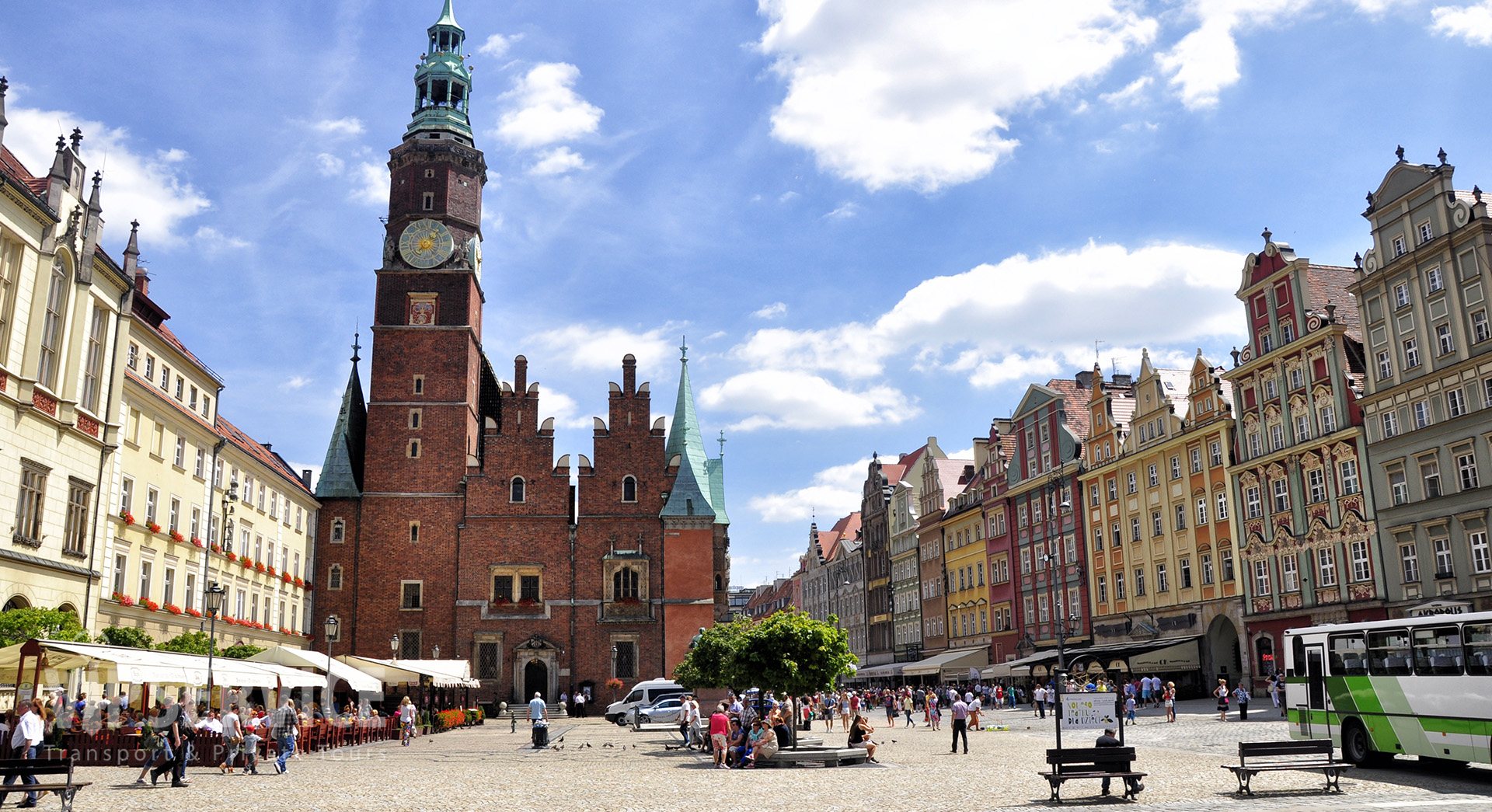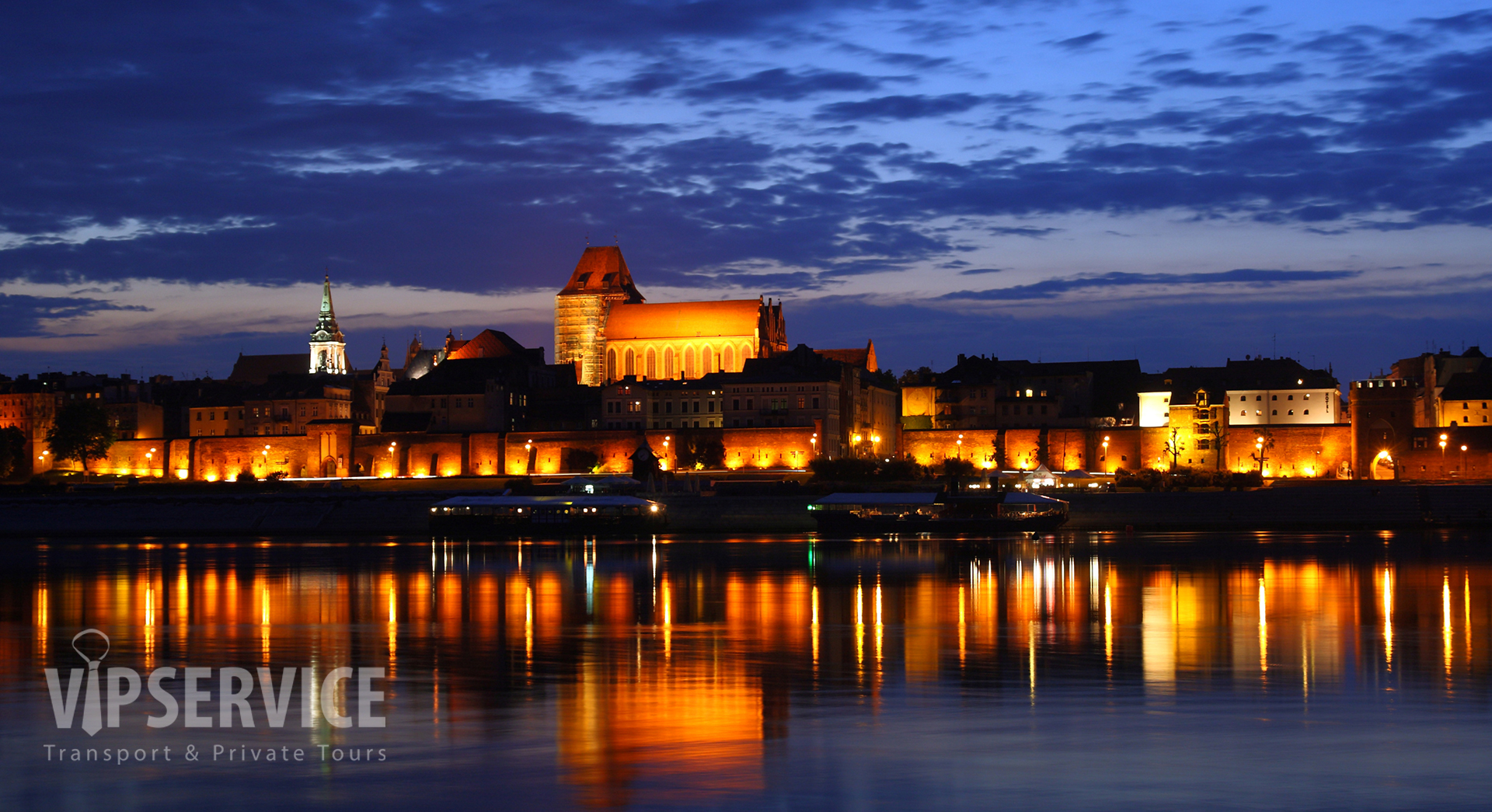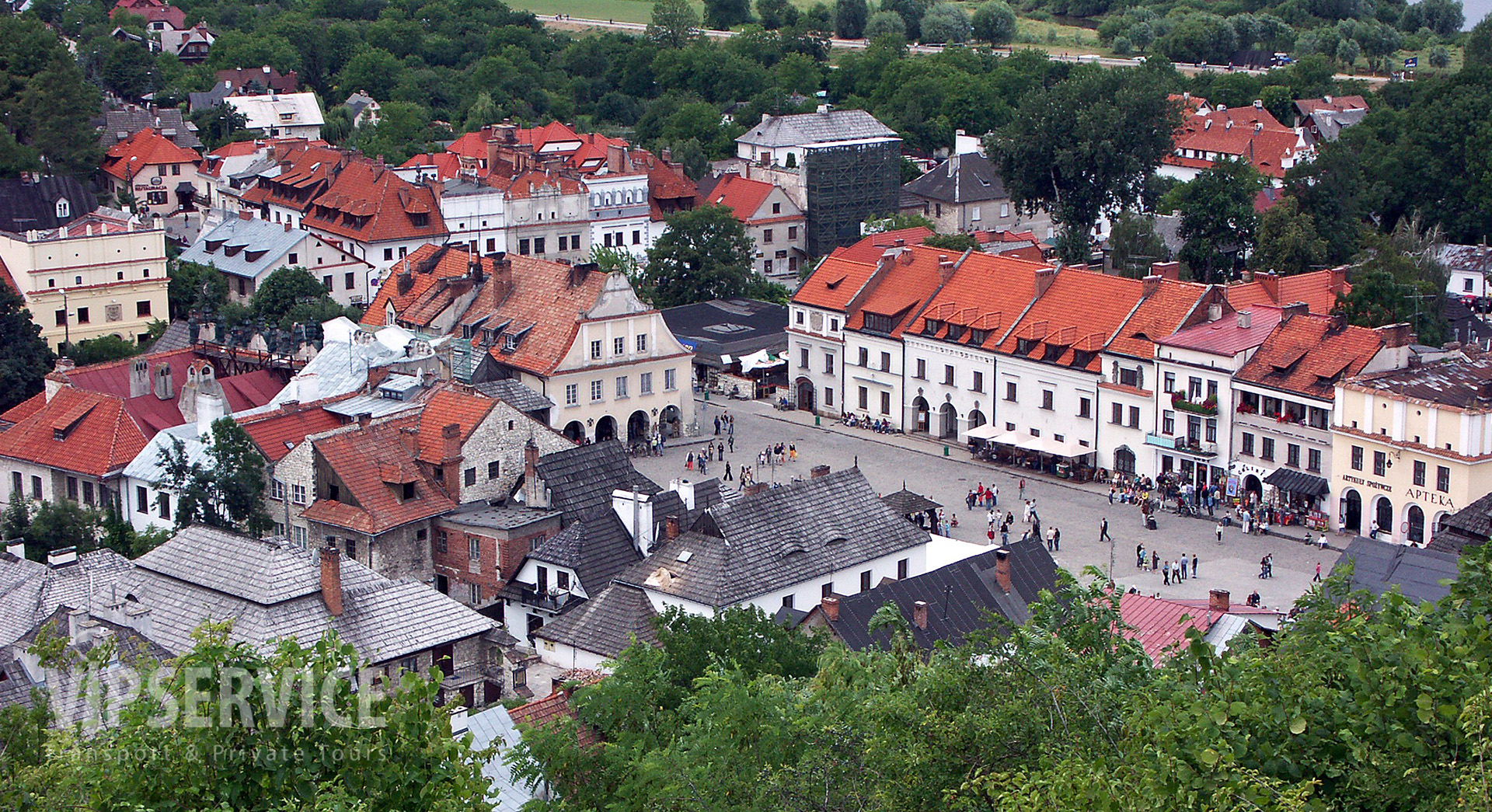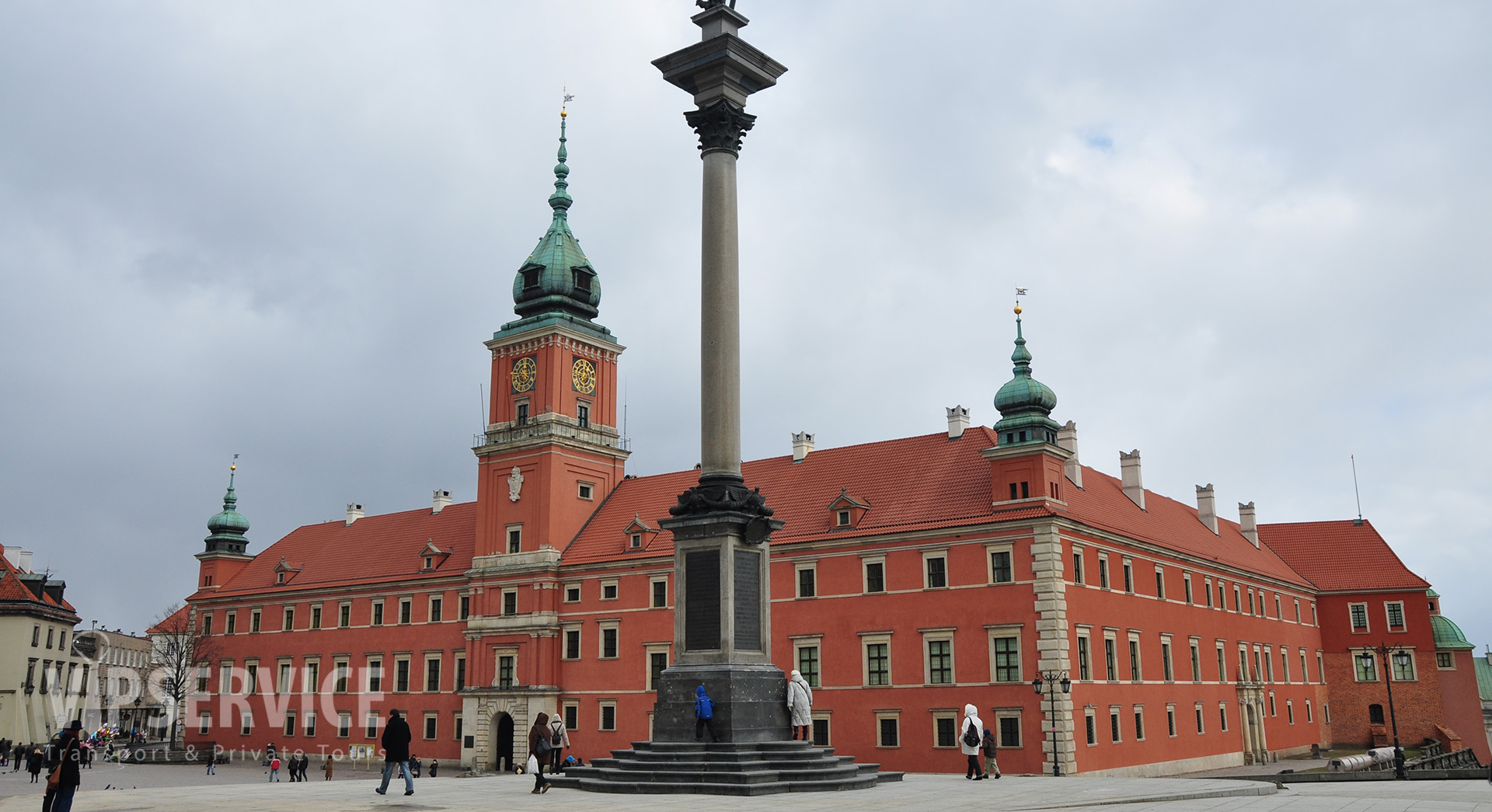Krakow and Wieliczka tour
Krakow and Wieliczka Salt Mine tour from Warsaw
There are over 120 churches in Krakow most of which are hundreds-year-old historic buildings. In addition to the St. Mary's Church on the Main Market Square, you can spot the 14th-century buildings, the Church of Corpus Christi, the Church of St. Catherine of Alexandria and St. Margaret, Cathedral of St. Waclaw and St. Stanislawa, a series of churches from the 11th century and the older one built after the capital was moved. The city center itself is, without a doubt, the most important and the biggest square called the Main Market Square. You can admire Krakow Cloth Hall here, St. Mary’s Church, the Town Hall Tower, St. Wojciech’s Church and around 40 medieval tenement houses. Krakow Cloth Hall deserves special attention since it was the very first marketplace in the city’s history. The name comes from the cloth stalls built under the order of Boleslaw V the Chaste as a series of stone structures separated by streets. The object has taken on its present form after the reconstruction in the 16th century. The architect gave it a more artistic look by adding the arcaded attic and mascarons. The main square of Krakow is completed by the Small Market Square with a number of historic buildings. The city is still surrounded by what has remained of the defensive walls with the Barbican. Also, let us not forget about the famous Florian Gate and several preserved towers.
When in Krakow, take the opportunity to visit 15-kilometre away Wieliczka to see one of the most popular tourist attractions in Poland - the Salt Mine. It is the only mining facility in the world that has been open all the time from the Middle Ages up until now. The Wieliczka mine has 9 levels, the first of which is 64-meters deep and the last one is 327 meters below the surface of the earth. After climbing over 800 stairs and going 135 meters down, we enter an amazing world of salt. The most famous attractions are: Chapel of St. Kinga with fantastic sculptures made of salt, salt lakes, salt caves, chambers, sidewalks and excavations with, among others, historic mining equipment from past eras. Currently, the picturesque mine workings are used for tourist, museum and medicinal purposes. The mine has a truly unique microclimate; the temperature throughout the year is constant and ranges between 14-16 degrees Celsius. Climatic conditions in the mine are conducive to allergy treatment and respiratory diseases. For this particular reason, the underground spa was made. Wieliczka holds many events which are seemingly impossible to organize underground. There was already an underground balloon flight, entered Guinness Book of Records and a bungee jump in the Stanislaw Staszic chamber. On top of that, Polish sailor Mateusz Kusznierewicz swam on his board 104 meters under the surface on the lake filled with brine. In 1978, Wieliczka was included in the First World List of Cultural and Natural Heritage of UNESCO. By order of the President of the Republic of Poland in 1994, it was recognized as a Historical Monument.
Order Krakow and Wieliczka Salt Mine tour today and prepare for amazing day full of history!
ADDITIONAL INFORMATION:
- suggested departure time: 7:00 am
- tour duration: 15 hours
- sightseeing available in English, German, Italian, French, Spanish and Russian
- the price per trip * applies to the cost per person and is given in Polish zlotys
- possibility to pay in foreign currency (€, £, $) at the current NBP exchange rate
If you choose to visit Krakow and Wieliczka Salt Mine when leaving Warsaw, we will pick you up from the Hotel or another address at 7:00 am. We will go to Wieliczka where you will join a group of visitors for a 3-hour sightseeing in a selected language. After it’s finished, we will take you back to Krakow where a private guide will show you the most beautiful corners of their city in 3 hours. After an eventful day, we will take you back to Warsaw.
| Price per person in PLN | 1 PERSON | 2 PEOPLE | 3 PEOPLE | 4 PEOPLE | 5 PEOPLE | 6 PEOPLE |
| Kraków & Wieliczka | 3500 | 1900 | 1350 | 1100 | 900 | 800 |
| VEHICLE | ||||||
*PRICE INCLUDES:
- care of an English-speaking guide during sightseeing in Wieliczka and Krakow. Tours available in French, Spanish, German, Russian and Italian on request and for an additional fee of 250 PLN per tour in Krakow
- admission tickets to the Museum of Salt Mine in Wieliczka
- driving a high-class car with an English-speaking driver
- bottled water
- in-car WiFi
- passenger insurance
- for groups larger than 6 people, the service is priced individually
- Price does not include taxes
Krakow tour from Warsaw
Krakow, one of the most beautiful Polish cities, has a long history of traditions which reaches back even further than a thousand years. Everyone who visited this city at least once will not forget the atmosphere of the old castle walls, the Wawel Hill with the dragon's cave, stretching just above the lazily flowing Vistula, a charming market with the outstanding St. Mary's Church and lots of greenery.
Krakow and Auschwitz tour from Warsaw
When in Krakow, you have to visit 70-kilometer away Oswięcim where the Auschwitz-Birkenau Concentration Camp was used to be. In 1979, the camp was inscribed on the UNESCO World Heritage List as a place associated with the Holocaust and mass genocide. Founded as a labor camp, it later became a place of terror and extermination.
Treblinka tour from Warsaw
The Treblinka extermination camp was created on the order of Reichsführer SS Heinrich Himmler in 1942. However, from 1940 there was a penal camp for the Polish population (‘Treblinka I’) in the northern part of the Warsaw District, which in 1941 was transformed into a labor camp.
Majdanek tour from Warsaw
German concentration camp in Lublin, coloquially called Majdanek, was created by the decision of Heinrich Himmler. Built in the autumn of 1941, the camp was initially called Kriegsgefangenenlager der Waffen SS Lublin - a prisoner-of-war camp, and in February 1943 it was renamed Konzentrationslager Lublin - a concentration camp.
Wolf's Lair tour from Warsaw
In the heart of Masuria on the North of Poland, in the deep forest, there are ruins of what used to be Adolf Hitler’s headquarters. Built in Gierloz in 1940-44, it attracts tourists with its dark atmosphere and a warning closed in the walls of the damaged buildings. Hitler named it ‘Wolf’s Lair’ as a reference to his pseudonym ‘Her Wolf’, which he used to sign articles in the 1920s.
Wroclaw tour from Warsaw
Wroclaw is the historical capital of Silesia, one of the largest and oldest cities in Poland, located on both sides of the central Oder River on the Silesian Lowland. Before the World War II, there were 303 bridges in the city, currently there are about 220. In the first post-war years, under the slogan ‘all Poland is rebuilding the capital’, it became, like other cities of the Recovered Territories, a place of robbery organized by the state.
Kazimierz dolny tour from Warsaw
Kazimierz Dolny is one of the most valuable and charming places in Poland. This city is known for its connection with art and artists. Many painters have their own galleries and workshops here; there are also open-air painting workshops organized. Kazimierz is a unique place because of its cultural heritage and long tradition of painting, literary and creativity.
